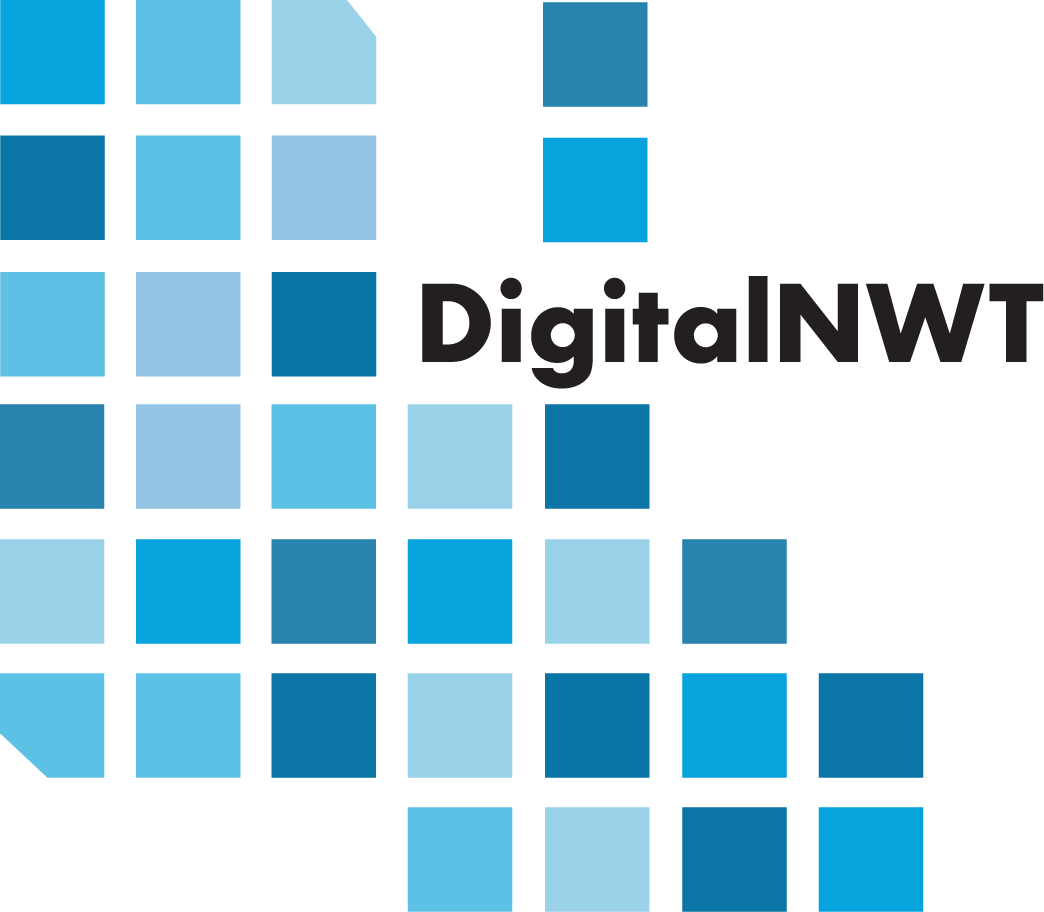Course 2: Introduction to Digital Content and Connectivity
This course takes a critical view of emerging digital technologies and covers how they impact our lives and communities in both positive and negative ways. Above all, we encourage you to explore appropriate and useful ways to teach and discuss digital literacy.
While DigitalNWT Course 1 was largely designed ‘from scratch’ as a series of introductory topics with a modular design, Course 2 is notably different in that it draws from existing work. Specifically, Course 2, which focuses on the topics of digital content and connectivity, had already been taught in the Gwich’in Communities. In 2017 Rob McMahon and Hanne Pearce did a one day pilot in Inuvik of the course creating both a Student Workbook and Facilitator Guide. Based on feedback from the initial pilot a two day course was developed and taught in three of four Gwich’in communities (Tetlit Zheh, Aklavik and Inuvik) in 2018 by Rob McMahon, Michael McNally, Crystal Fraser, Hanne Pearce and Trish Fontaine. This resulted in an expanded Student Workbook and Facilitator Guide.
Module 1: Introduction to Digital Content
Digital Content encompasses all kinds of media that are created and used in a digital format, and this module aims to provide learners with an understanding of many facets of digital content from organizing and preserving digital content to issues of creation and protection of digital content.
The module is divided into six units, culminating in the final unit which involves learners creating a digital slide show using images acquired during earlier units. The module begins by introducing digital content and comparing it with traditional analogue materials.
The second unit focuses on organization of digital materials. In addition to organization, this module discusses different types of files and highlights some digital libraries and collections from the NWT. The third unit discusses sharing digital content and social media. The importance of consent is also raised in relation to sharing materials. If learners are interested in more coverage of social media, they can be directed to the Course 1 materials and specifically Module 3, which provides further discussion of some of these topics.
Unit four examines the different issues related to digital preservation and highlights several NWT based examples. Several important limitations or barriers to preservation of digital content are also reviewed. The fifth unit examines copyright and some other related subjects. The unit provides a higher level overview of the subject including how it can both help and hinder sharing and protection of materials. Open licensing and Traditional Knowledge protection are also reviewed.
The final unit begins with a discussion of open source software, and then highlights several various openly licensed programs that learners can download to created different types of digital content.
A short activity guide accompanies the Module, and unlike Course 1 there is a greater emphasis on digital activities in the Module. Throughout the Module content is primarily framed in relation to individuals; however, and depending on the learners, it may be useful to broaden discussions about how this information might relate to an organizational/work setting.
Module 1 (and Module 2) were originally developed in 2018 in partnership with the Gwich’in Tribal Council, and have been updated and adapted to be incorporated within the DigitalNWT project. The original Digital Gwich’in materials are also located on the Facilitator USB.
Module 2 Introduction to Digital Connectivity
Module 2: Digital Connectivity (Make the NetWork) aims to provide learners an increased understanding of the internet, and specifically of the infrastructure that makes the internet work. The course is inspired by new opportunities in the NWT created by projects such as the Mackenzie Valley Fibre Link and Dempster Highway Fibre project.
The module also includes one extended, central activity – Make the NetWork – that aims to provide an engaging way for learners to apply their knowledge of the course content. The activity unfolds in a series of steps (14 in total) and thus will result in a fair bit of back and forth between the slide content and the map/activity.
The module is divided into four units beginning with a discussion of what is broadband and then an examination of broadband needs and constraints.
Four Make the NetWork activities occur in this first unit.
The second unit focuses on wired networks. It introduces many concepts which might be new to learners in terms of different elements of internet infrastructure. Four more Make the NetWork activities occur, and by the end of the unit, the map comes to represent a wired community network.
The third unit explores wireless technologies. It covers both larger and smaller wireless approaches and touches on the DigitalNWT Nimble project. Two more Make the NetWork steps occur in this activity.
The final unit explores several more advanced concepts in relation to network planning. This unit also provides an option to do a second iteration of Make the NetWork so that users can incorporate knowledge from the first 10 steps. At the end of the final four steps the entire set of Make the NetWork pieces should be used, and if time permits a third (or more) iteration will allow learners to apply their understanding of various broadband concepts.
